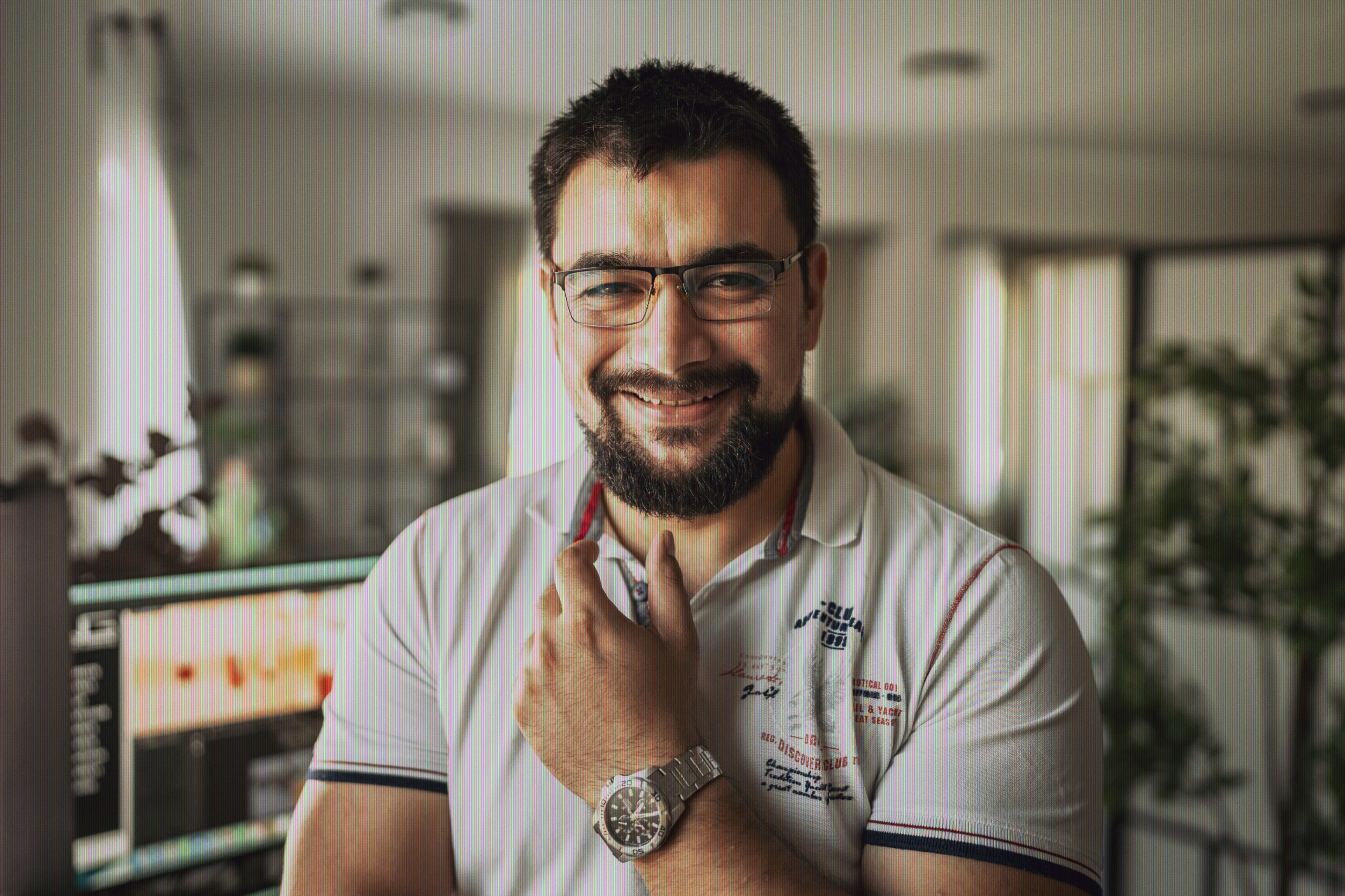Bellini Cipriani: A Fresh Take on Taste (not real)
Still Renders & Animation
This project originated from a tutorial by Smeaf on Skill share. Separately, I was really drawn to the label design of Bellini Cipriani juice, which inspired me to create a 3D model and textures for their bottle. I thought it would be a fun challenge to combine these two inspirations and practice animation using the Bellini bottle I had already modeled and textured. This animation represents my first attempt at product animation. While it has some rough edges, and I’ve definitely gained a lot of skills and have many more ideas for a similar project today, I really enjoyed the process of creating it, so I wanted to include it in my portfolio.
The animation has physics-based simulations for the bottle’s movement and liquid simulations, all created within Blender. While dedicated software like Houdini could potentially produce higher-fidelity simulations, Blender’s built-in liquid simulation tools provided more than satisfactory results for this project.
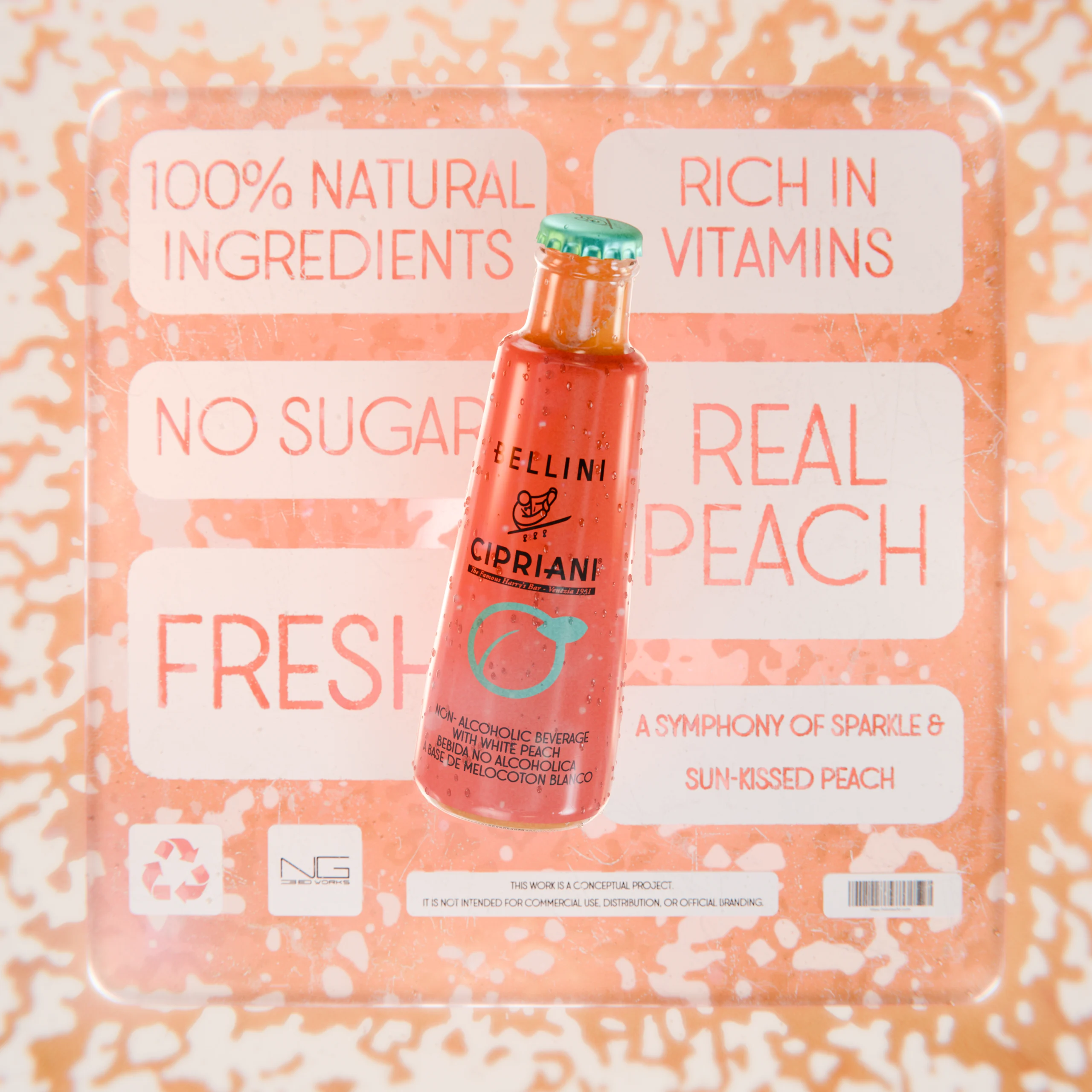


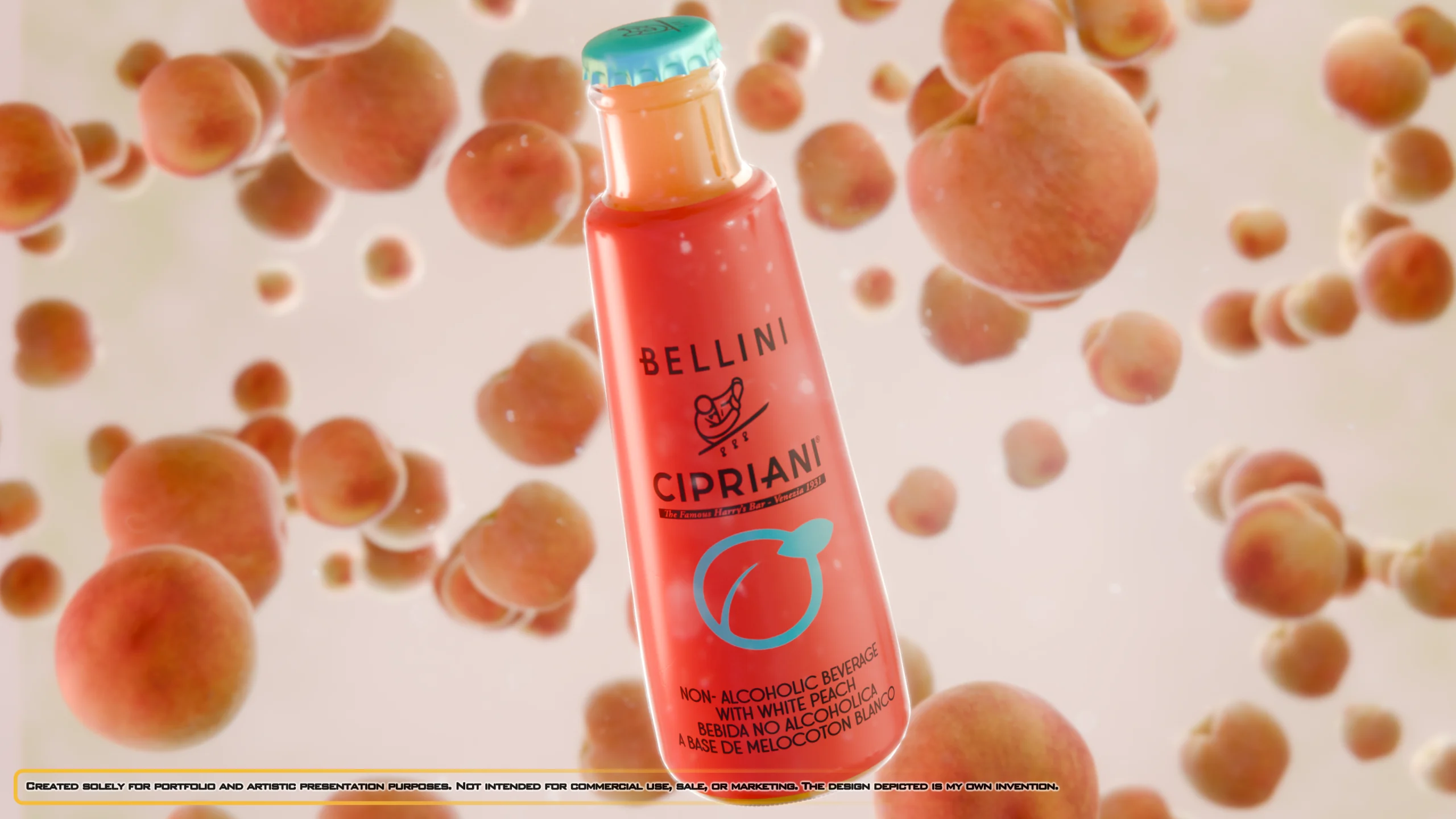
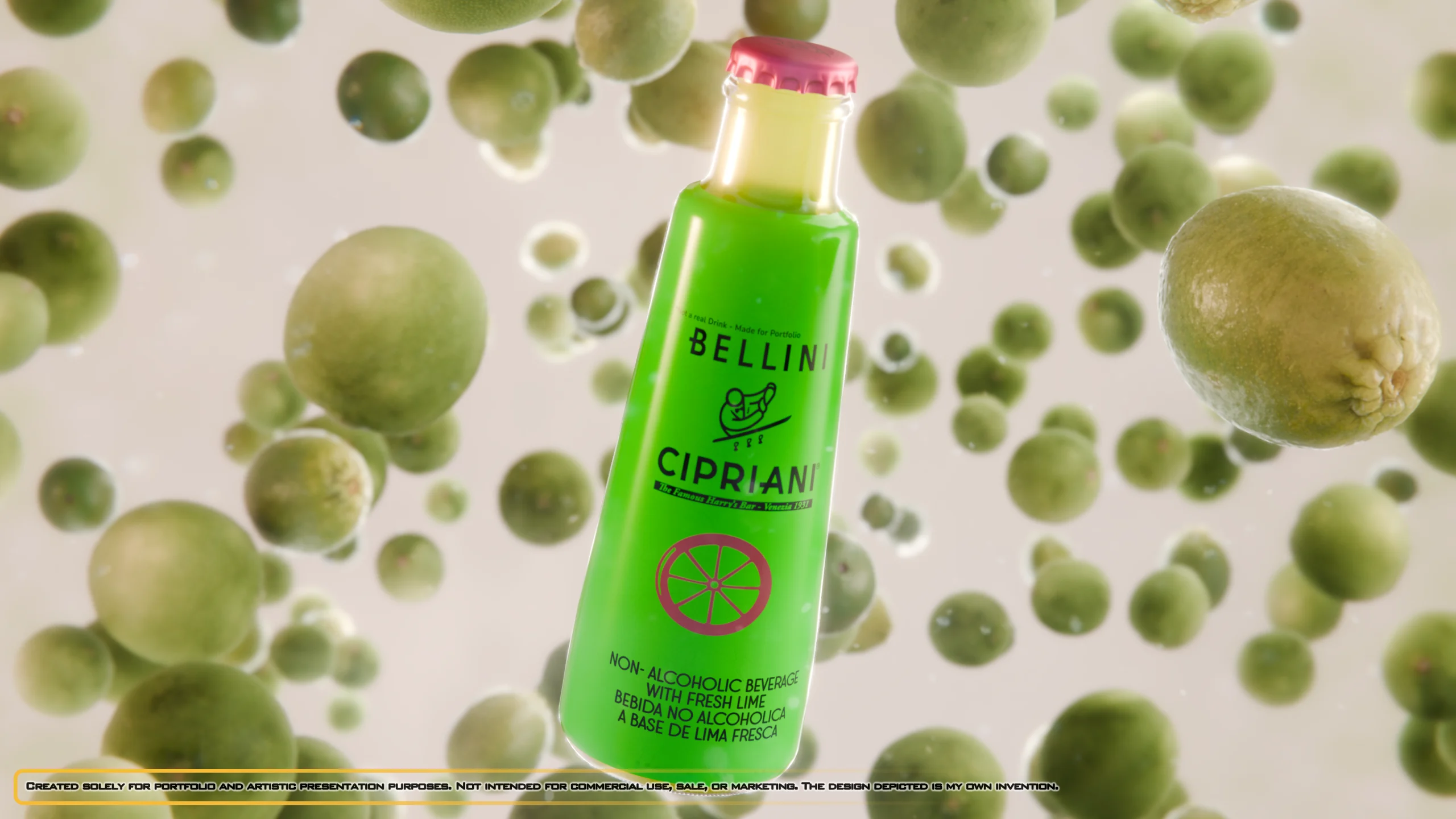
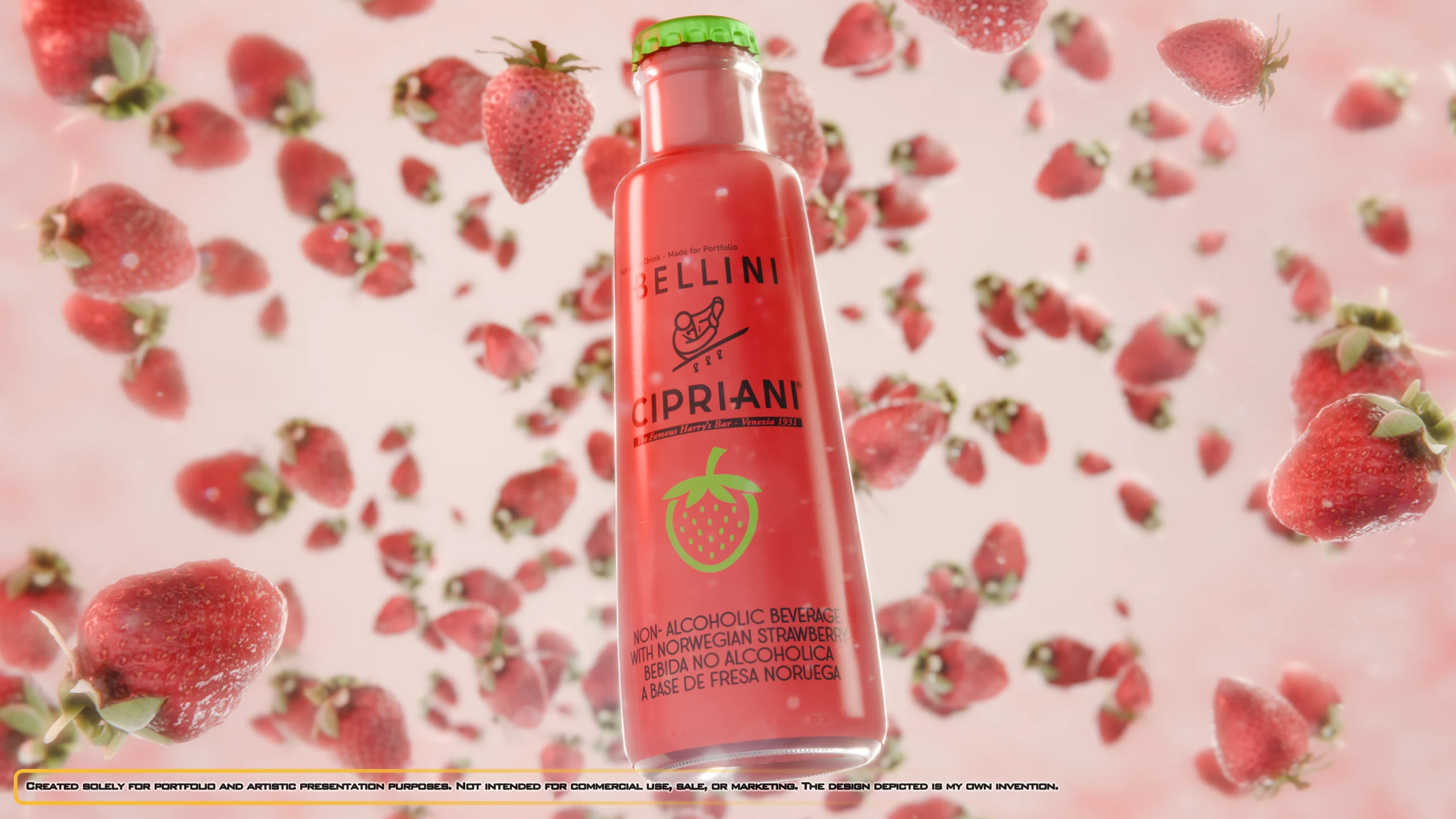
Liquid Simulations that can set your product apart
From a technical perspective, Blender’s liquid simulation involves a significant amount of trial and error. You’ll often find yourself tweaking parameters like resolution, viscosity, surface tension, and even the intricacies of inflow and outflow objects to achieve the desired behavior. It requires a hands-on approach, experimenting and iterating until the simulation aligns with your creative vision.
However, once you develop an understanding of these controls and how they interact, Blender empowers you to create truly fantastic and inspiring liquid animations. The precision you can achieve through careful manipulation of these technical parameters allows you to craft animations that tell a very specific story, conveying nuances and details in a way that feels deliberate and intentional – a level of nuanced control that surpasses the capabilities of any AI-generated content.
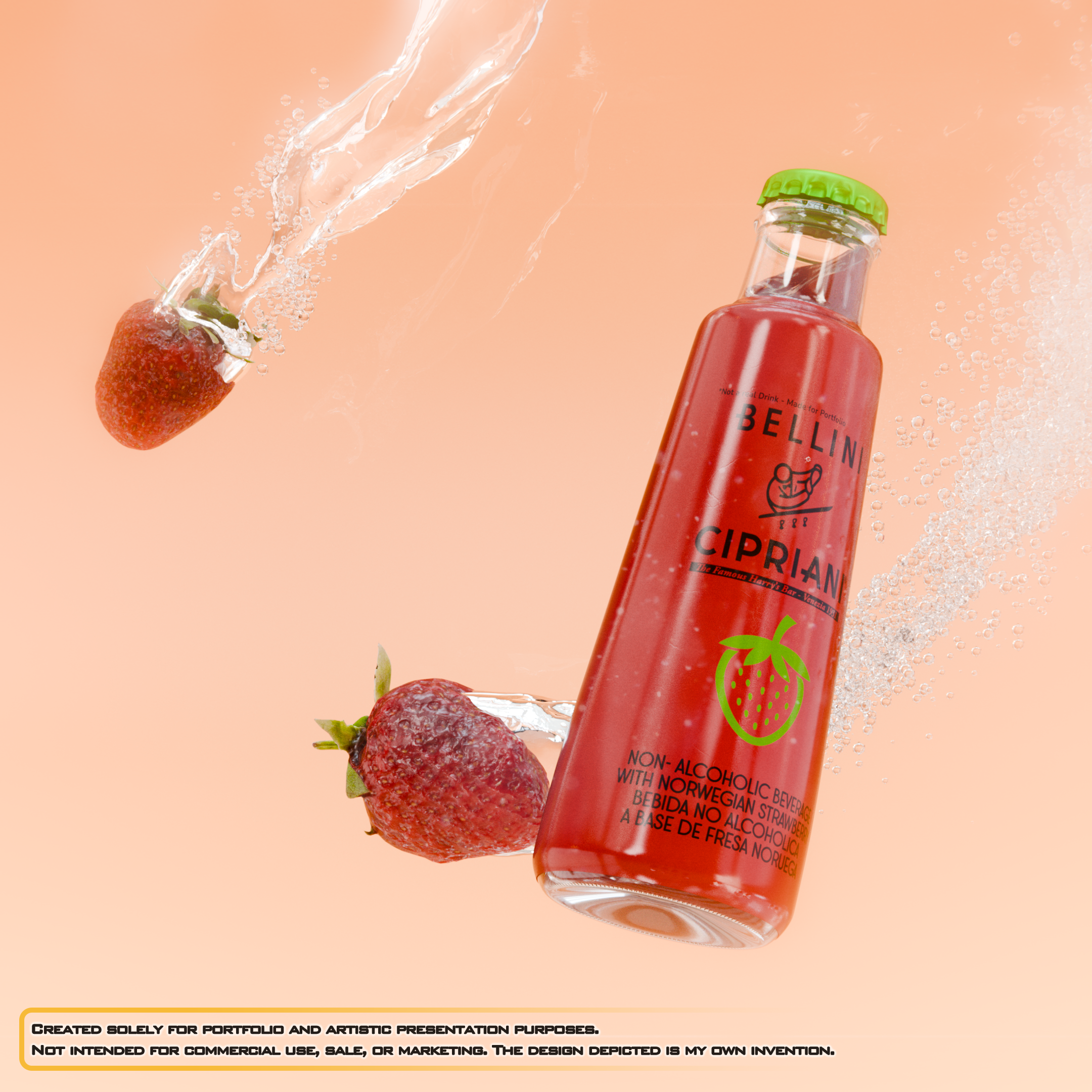


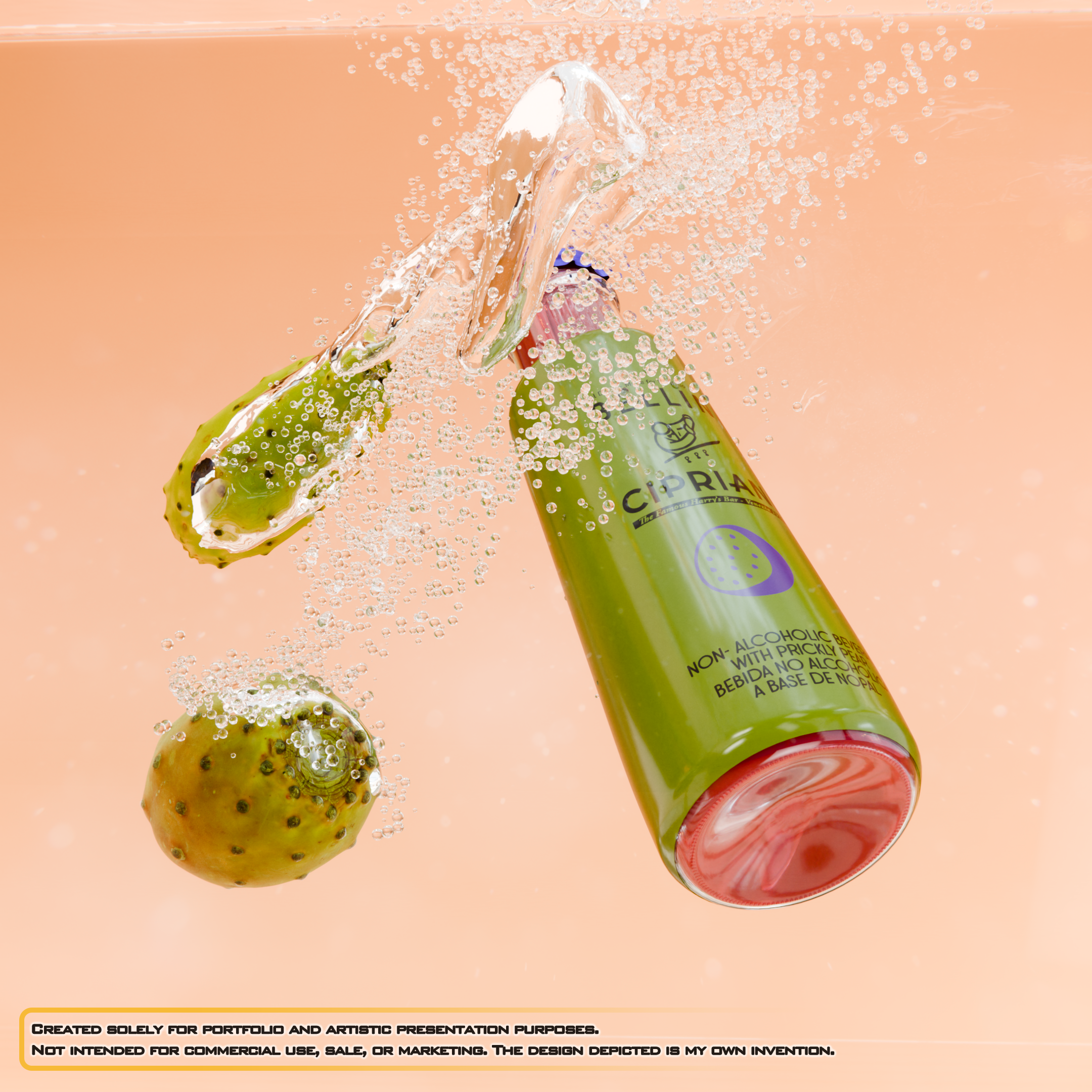

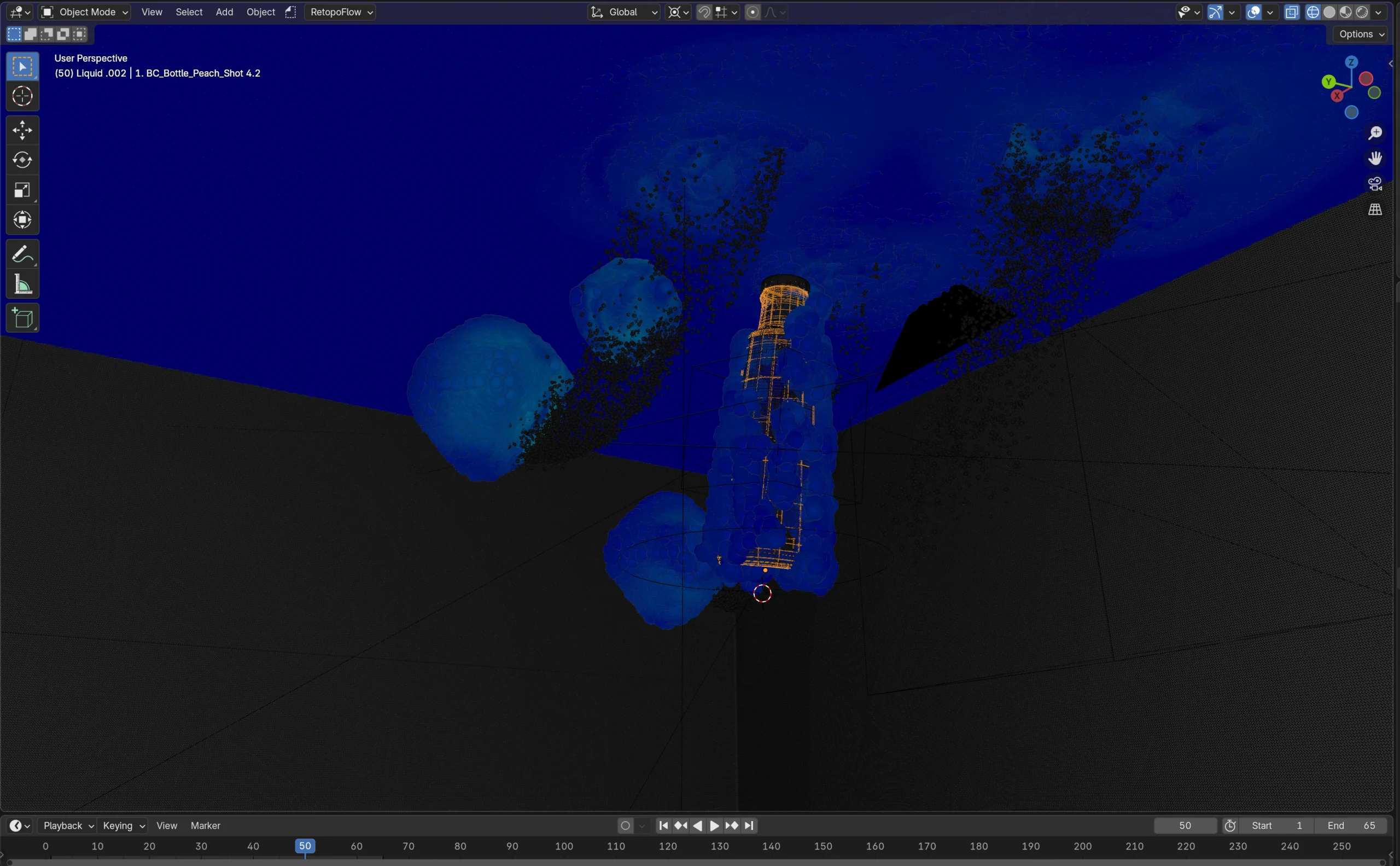
How I Can Help with 3D Services
Dynamic 3D Generalist specializing in the creation of engaging product animations designed for maximum marketing effectiveness.
Proficient in Blender, Houdini, Davinci Resolve, and Photoshop, I focus on developing animations that truly “strike a chord” with viewers and “hit all the right buttons” to drive desired outcomes.
My foundation in marketing and SEO allows me to approach animation with a strategic eye, ensuring that the final product is not only visually appealing but also optimized for audience engagement and online success.
I am seeking opportunities to create impactful animations that bridge the gap between artistic excellence and marketing results.
